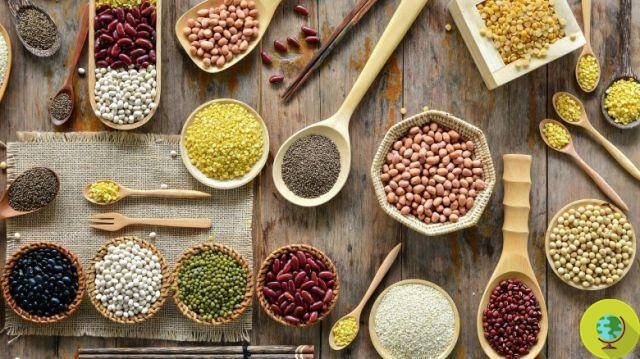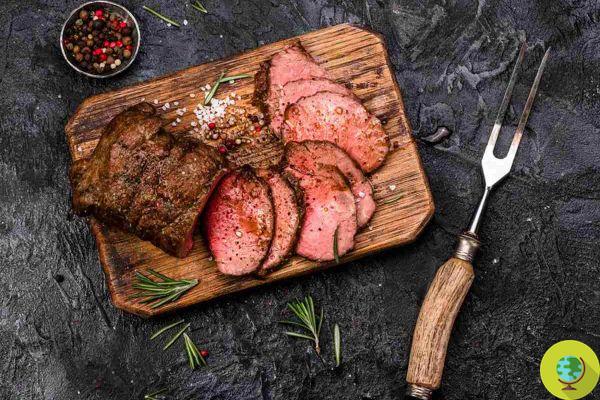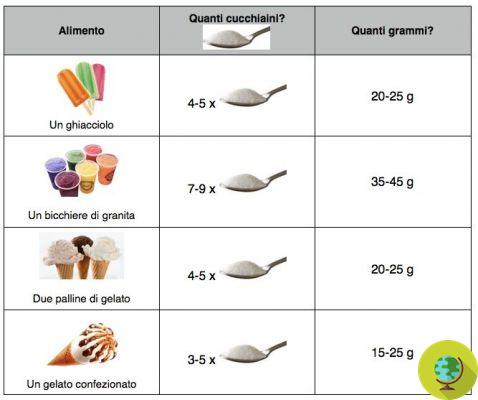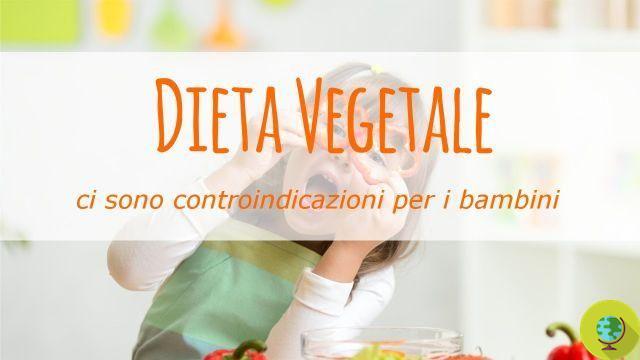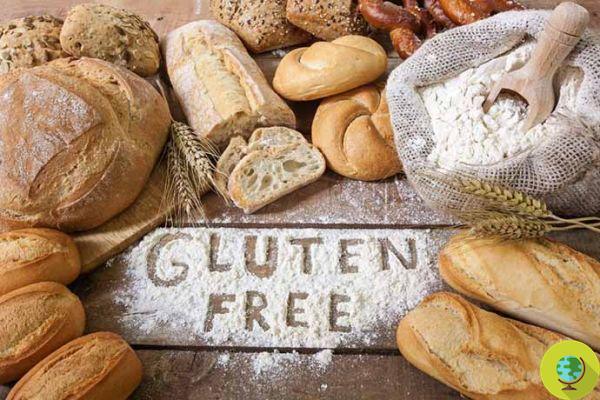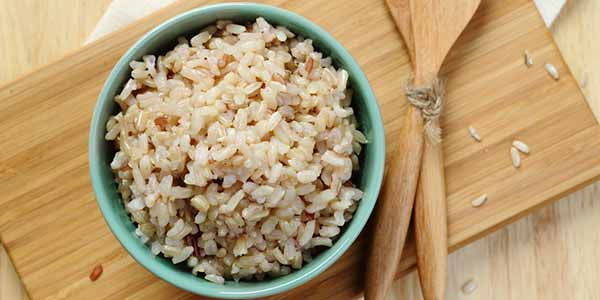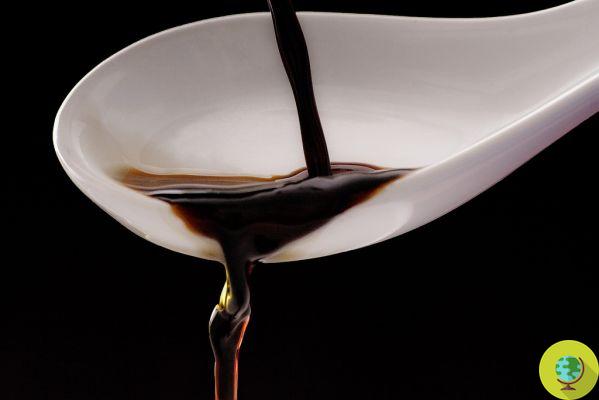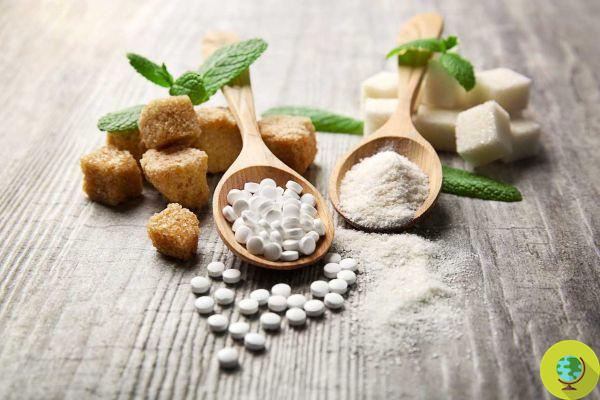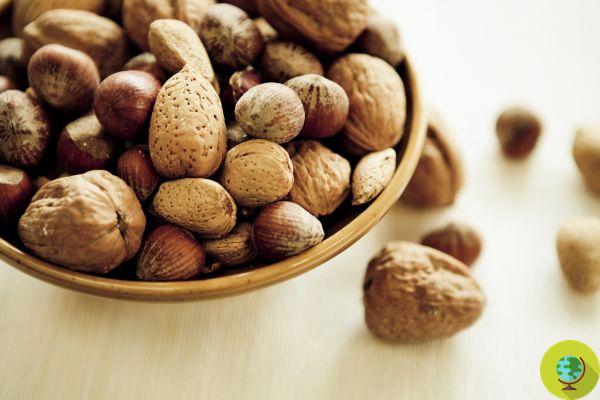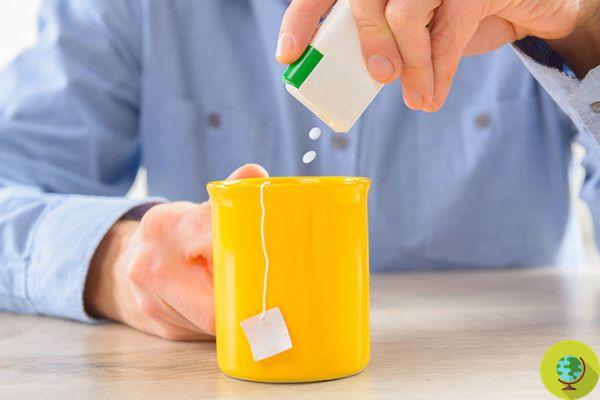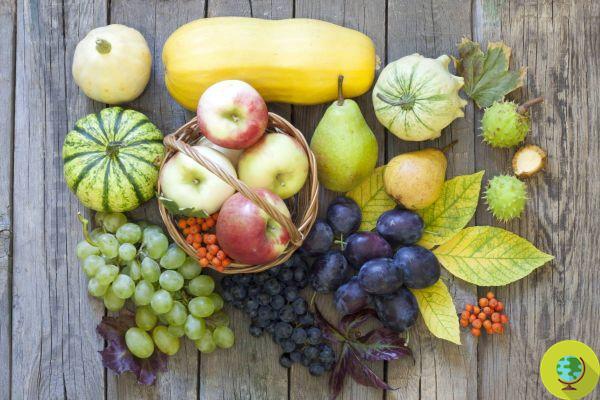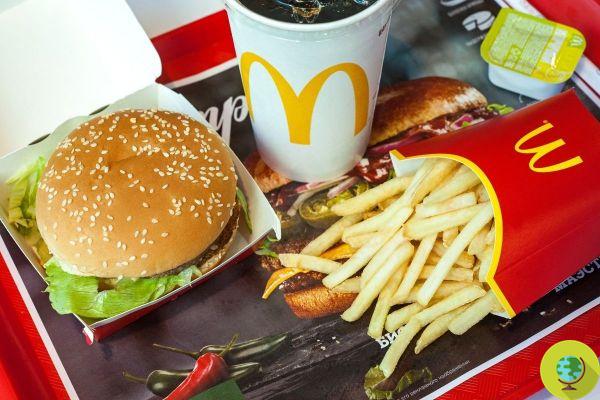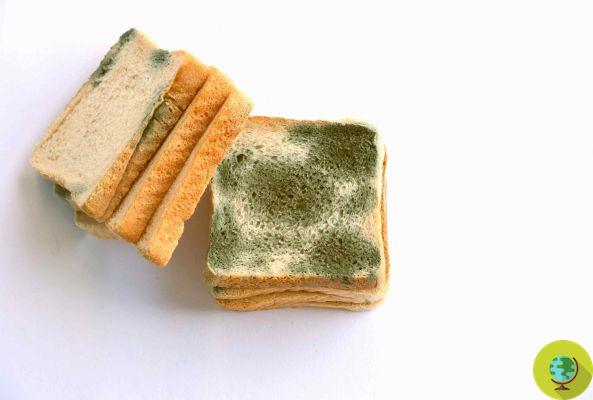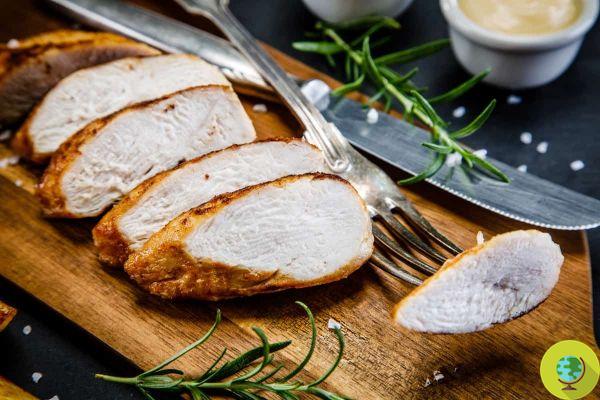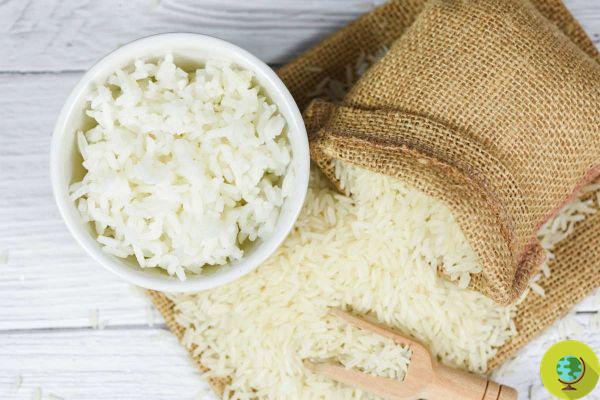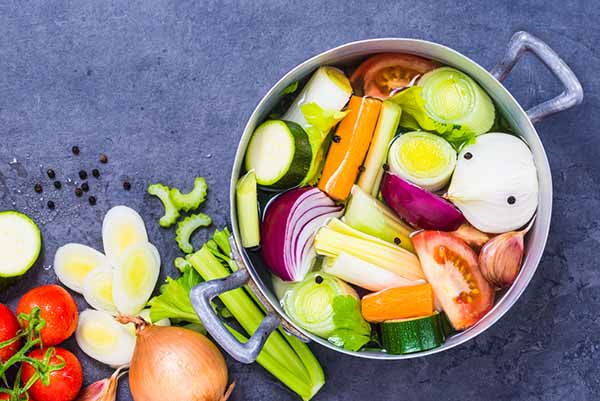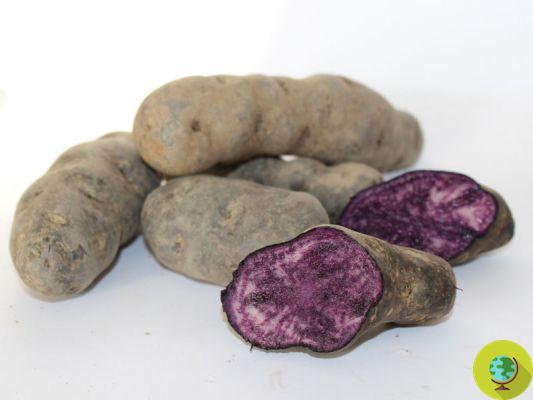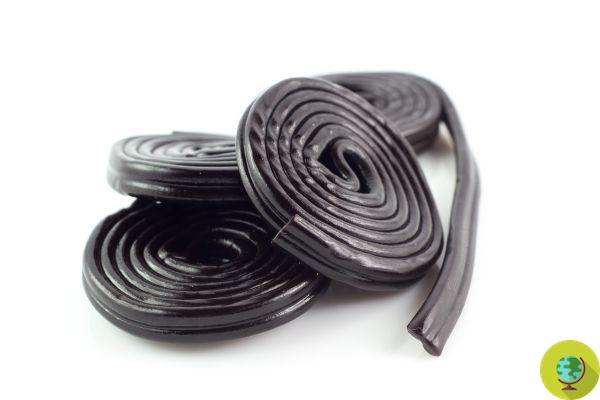Nickel allergy and intolerance are increasingly common. They can occur both in the skin and in food.
Don't store avocado like this: it's dangerousTHEallergy and intolerance to nickel they are more and more widespread. They can occur both in the skin and in food. Those who are highly allergic or intolerant to nickel may receive some information from their doctor about foods to prefer, to limit or to exclude. Most foods contain nickel, and a diet of deprivation and exclusion often becomes difficult to follow. Some foods contain more nickel than others.
Anyone with severe nickel intolerance or allergy should avoid in general the foods contained in aluminum tins and cans and prefer glass packaging. Attention also to aluminum pans and at Teflon pans. Generally it is recommended to replace pots and pans as much as possible with alternatives in Pyrex glass. If the nickel allergy is not only food, but also from contact, pay particular attention to jewelry, as well as to the hooks, buttons and zips of clothes, shoes and accessories.
Tolerance to the allergen can vary greatly from one person to another. As a rule, those who are allergic or intolerant to nickel in food know which foods they are able to consume only in small quantities or which foods they prefer to avoid to safeguard their health. Some doctors may suggest that you avoid certain foods for a while. Online there are numerous tables that indicate the foods more or less suitable for those who can not stand nickel, but it is always good evaluate with your doctor what to do and follow a suitable diet depending on your needs and health conditions. What is certain is that some foods contain more nickel than others. Here is a short list of some of the foods that contain more nickel:
1) Chocolate and cocoa powder: chocolate is one of the most concentrated sources of nickel. Dark chocolate contains 2,6 micrograms per gram, milk chocolate 1,2 and cocoa powder 9,8.
2) Cashews: cashews contain 5,1 micrograms of nickel per gram. Among dried fruit, cashews are one of the major sources of nickel, to which it will be necessary to pay more attention, especially if present in traces in industrial and packaged products.
3) Tomatoes and vegetables: among the vegetables richest in nickel are tomatoes, but nickel is also contained in asparagus, broccoli, carrots, cabbage, cauliflower, green beans, fennel, lettuce, celery, radicchio and other vegetables. They are usually more tolerated: cucumbers, squash, courgettes, aubergines and peppers.
4) Spinach: spinach also contains a certain amount of nickel, equal to 0,30 micrograms per gram and is among the vegetables to keep under control in case of allergy or intolerance to nickel, alongside foods such as tomatoes and lentils.
5) Legumes and dried fruit: those who are allergic to nickel may have to moderate the consumption of legumes and nuts, with particular reference to lentils, chickpeas, soy, walnuts, hazelnuts and almonds. Red beans, for example, contain 0,45 micrograms of nickel per gram.
6) Dried fruit: dried fruit contains higher amounts of nickel than fresh fruit. this could also depend on industrial treatments. Among the dried fruit we can find figs, raisins, apricots and plums.
7) Drinks: those who are particularly sensitive to nickel should pay attention to some drinks and beverages, with particular reference to chocolate, coffee, tea and beer, but also to all drinks contained in cans.
8) Canned foods: Preserved foods can increase their nickel content due to the container material. Beware of cans and tins. Canned foods include tuna, meat, legumes, fruit and vegetables. Better to choose fresh alternatives or packaged in other materials if you have a nickel allergy.
9) Cereals: among the cereals richest in nickel we find oats, corn, millet and buckwheat. It is necessary to take into account both grain cereals and the relative flours and packaged products that may contain them.
10) Seafood and fish: as for non-vegetable foods, among the major sources of nickel we find seafood and fish (well-known source of heavy metals), with particular reference to oysters, salmon, shrimps and mussels, but also to herring and mackerel.
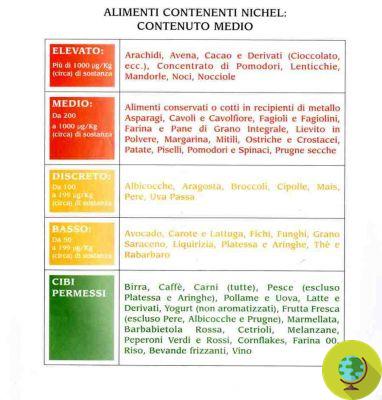
Among the foods to limit or avoid, as appropriate, They are also some types of dairy product, such as processed cheeses, small cheeses, malted or cereal yoghurt and whipped cream; some types of sweets, such as marzipan and licorice and anything that contains cocoa or chocolate. Attention also to the chemical yeast and foods that contain it, the composition of vitamin and mineral supplements, mushrooms, margarine and some types of fresh fruit, including pears, apricots, pineapples and kiwis, as well as ai hydrogenated vegetable fats, dice da brodo, French fries and corn or oat cakes. The panorama of foods allowed or to be avoided is very varied.
And maybe impossible to follow a diet that excludes nickel entirely. It can happen that you are sensitive to certain foods, but tolerate others well, even if they contain nickel. To make the best choices, especially in the most serious cases, it is good consult a specialist.
READ also:
- Pollen and food cross allergies: a useful mirror!
- 15 foods that help cleanse the liver
- How to cleanse yourself of heavy metals: 10 foods and natural remedies




